Editor’s Note: Andy Scott is an interesting, but extraordinary choice of artist for EQuine AMerica. As a publication, we focus on horse culture in America and Andy Scott is a Scottish sculptor. At first blush, featuring him and his equine art may seem “off-brand,” but it’s not. After many years sculpting abroad in Europe and Australia, Andy has moved to America and set up a studio in northern Philadelphia. He and his wife have landed here, literally on our shores, and Andy has brought his raw talent and love of horses with him. I am certain we will see more and more of his sculptures scattered throughout the U.S., so as he settles into his north Philly studio, I can’t think of a better way to welcome him to our American horse culture than to introduce you to his amazing work.
In his own words…
I was born and bred in the city of Glasgow in central Scotland, went to school there, and graduated from the renowned Glasgow School of Art in 1987. I had little interest in the Scottish gallery circuit and instead established a successful business as an architectural metalworker. In the midst of learning how to work with other professionals, run a business, and how to manage projects, I won an increasing number of artistic projects. In 1997 I landed the commission to build “The Heavy Horse” and that was a game-changer.
It is a prominent landmark and just about everyone in my old home city of Glasgow knows it, standing as it does beside the main highway into the city. If only I had a penny for every time someone told me they knew they were home when they saw my horse… That sculpture really raised the public’s awareness of my sculptural abilities and gradually a steady stream of commissions began to flow into the studio.
A couple of years after “The Heavy Horse” I was offered the opportunity to exhibit in Australia, so I made another large-scale Clydesdale. That sculpture sold, and then another equine request came along, and another, and before I knew it I was developing a reputation for my horse sculptures.
I have to confess I didn’t grow up around horses, and I guess I kind of “fell into” my love for them as a subject matter in my art. While by no means the only subject I tackle (an 18ft tall grizzly bear currently dominates the studio) they have become a mainstay and probably the subject I most love tackling. If I go for longer than a couple of months without one under way in the studio, I begin to miss their presence. It’s a strange thing to describe.
I established a studio in Australia and eventually went on to create 15 sculptures there across several states while I was still running my Scottish studio. Eventually, I decided not to pursue the Australian adventure at that time and consolidated the Scottish side of things. In due course, after many exciting career twists and turns based in Scotland (the life of a professional sculptor is never straightforward), my wife Hanneke and I decided it was time to broaden our horizons and we set up our current studio in the city of Philadelphia.
We’d visited the USA a number of times and exhibited in New York, Chicago, and Indiana. It gave us a sense that there may be an audience and a market for our studio output, but the sheer scale of the country dictated that we should establish a physical presence here. We’ve been lucky to meet some great artistic colleagues and set up a fully equipped 6,000 sq ft studio in north Philly.
I should explain that Hanneke and I work as a team. Hanneke is a qualified architect, and she manages the business side of the practice, overseeing the accountancy and the project management issues. This allows me free rein to concentrate on the actual design and sculpting. She also brings a rational architect’s eye to project development and presentations, and away from the studio, we share the same interests in architecture and the built environment.
I make most of the sculptures from steel. I sometimes wonder why I do it. There are certainly easier ways to make sculptures. It is hard work. Unforgiving. Steel doesn’t lend itself to shaping the way clay does, and it certainly puts up a fight as I try to form the nostrils of a Clydesdale or the fetlocks of a Cob. It offers all sorts of physical challenges, not only to me in the working, but to the structure of the sculpture.
Most folks don’t think about it often, but a horse is a very heavy mass of beast to be balanced on such small and fragile structures of bone and muscle. Replicating this in steel can create all sorts of challenges when one takes wind-loading and installations into consideration.
I use a distinctive style of steelwork, wherein I assemble the sculptures from myriad sections of steel plates, carefully composed and aligned to create the form of the horse. It could be described as a three-dimensional steel mosaic almost painterly approach. This welded steel technique allows a dynamic flow of light, both natural and man-made through and around the sculptures. Careful positioning of the steel accentuates muscles and gives the sense of the flow and movement, or a hint of emotion. I usually work at least one and a third life scale or larger, as the steel does not suit small scale working. The completed sculptures are then galvanized and sometimes powder coated to protect them against the elements. My daily studio life is one of trucks, cranes, sparks, and flames, and a trusty old 60-ton ironworker guillotine.
For the smaller maquettes and studies, I model in clay and have them cast in bronze. I also enjoy that process. It forces me to concentrate on tiny detailing and is sometimes a welcome respite from the physical hard work of the large-scale sculptures. They started as a necessary part of making larger works, but the small-scale studies have taken a life of their own and we’re pleased with how well they’ve sold.
I don’t use any computer modeling programs or scanning processes. I draw them by hand and I make them by hand. “Real” art. Inevitably the larger projects and the workload dictates that I hire assistants in the studio and I am lucky to say I have a great group of colleagues always willing and able to work with me at the Philly studio. I should also say of course that the larger projects, such as The Kelpies, require contemporary technologies as well as artistic vision and we embrace those techniques and methods when they’re required. But in the main, I am what these days you might call “old school”—I actually sculpt.
Every day brings new challenges and it’s been an interesting and very demanding process establishing the studio in the US. It was a wake-up call going from being very well known in my old home country, making the biggest sculptures in the land, to being a “new boy” here where nobody knows a thing about me. But I needed it, change is good. Complacency can creep into any creative practice in a small locality, so Hanneke and I have really dived right into the deep end of this vast and diverse country.


As an equestrian media outlet focused entirely on American horse sport, EQuine AMerica showcases the USA’s equestrian talent (both two-legged and four) in the disciplines of para dressage, dressage, hunters, jumpers, and eventing. We support and promote our nation’s fantastic equine events, products, services, artists, authors, science/tech, philanthropy, and nonprofits through our online magazine and social media platforms. Our mission is to offer you interesting/inspiring short and long-form content in a format that’s beautiful, readable, and relatable.






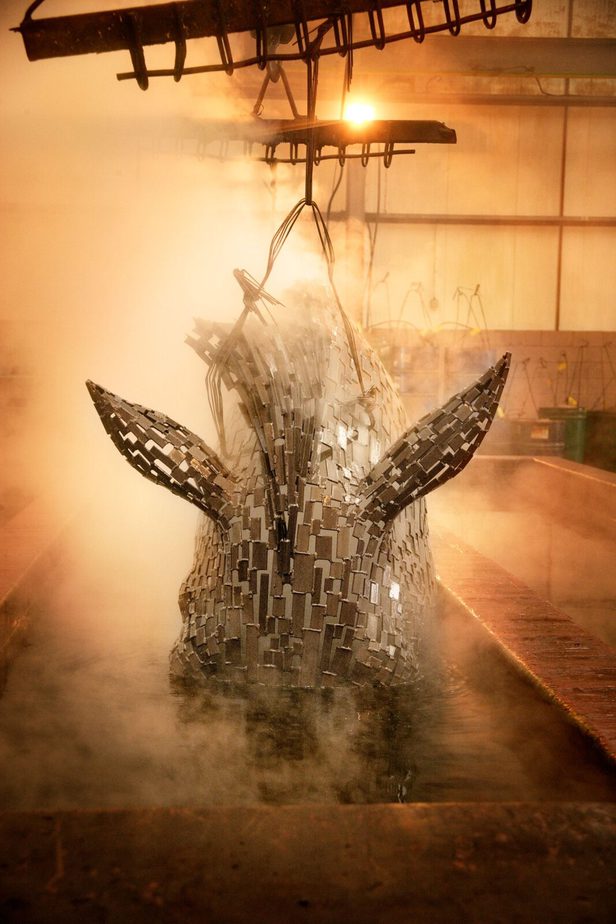



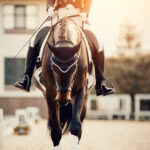


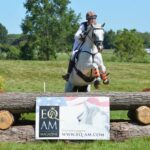

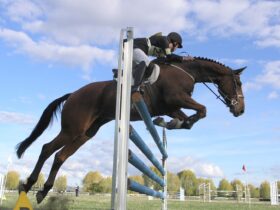





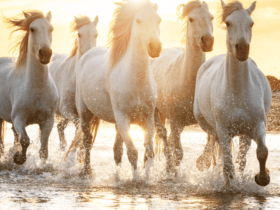





SOCIAL